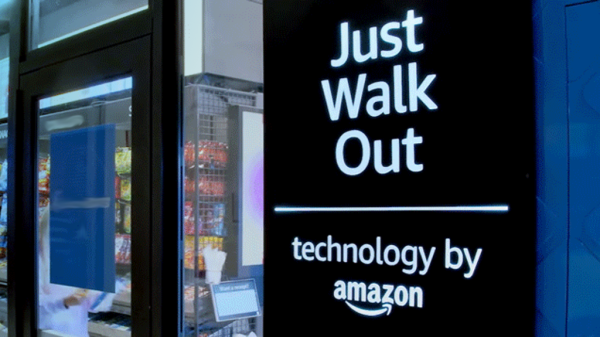Amazon has a plan to “reach net-zero carbon emissions across our operations by 2040.” According to their website, they are doing this through multiple avenues, from industry initiatives, electric delivery vans and on-foot deliveries, using innovative building materials, and more. In September, it was announced that Amazon would pay an oil company to remove CO2 from the atmosphere as part of its climate change commitment.
Filtering CO2 out of the atmosphere
Amazon joins other Big Tech firms in using carbon removal technology to meet their sustainability goals. Amazon plans to purchase 250,000 metric tons of carbon removal from 1PointFive, a subsidiary of Occidental Petroleum, which has deep ties to the oil and gas industry. CO2 removal isn’t only a private enterprise. The Bipartisan Infrastructure Law from 2021 earmarked $3.5B in federal funding for carbon removal sites.
Direct Air Capture (DAC) uses high-powered fans to draw air into the facility to separate out the CO2. Once the CO2 is captured, it can be stored underground or recycled in making new products. But, according to the 1PointFive website, “our first Direct Air Capture (DAC) facility is currently under construction in Ector County, TX.” Amazon is paying for technology that won’t even operate until 2025 (estimated). In addition, Occidental has used CO2 technology to push out oil reserves from the ground.
Why does CO2 matter?
According to the Center for Climate and Energy Solutions (C2ES), “CO2 accounts for about 76 percent of total greenhouse gas emissions.” CO2 absorbs and radiates heat in all directions, causing climate change. C2ES reports that CO2 is the principal greenhouse gas contributing to global warming. Filtering CO2 out of the atmosphere is a way to undo pollution, but it doesn’t stop anyone from creating more greenhouse gases.
What impact will carbon removal have?
Before giving Amazon too much praise, consider that Amazon reported a carbon emissions footprint of 71.27 million metric tons in 2022, which is just a little less than their carbon footprint in 2021. They are the world’s largest purchaser of renewable energy, at least according to their website, but they also have a huge impact on pollution and greenhouse gases each year. It remains to be seen how carbon removal will help climate change, since the technology operates at such a small scale now.
Dawn Brotherton is a Sr. Staff Writer at The American Genius with an MFA in Creative Writing from the University of Central Oklahoma. She is an experienced business writer with over 10 years of experience in SEO and content creation. Since 2017, she has earned $60K+ in grant writing for a local community center, which assists disadvantaged adults in the area.












































